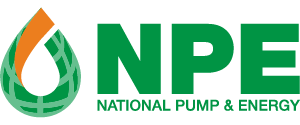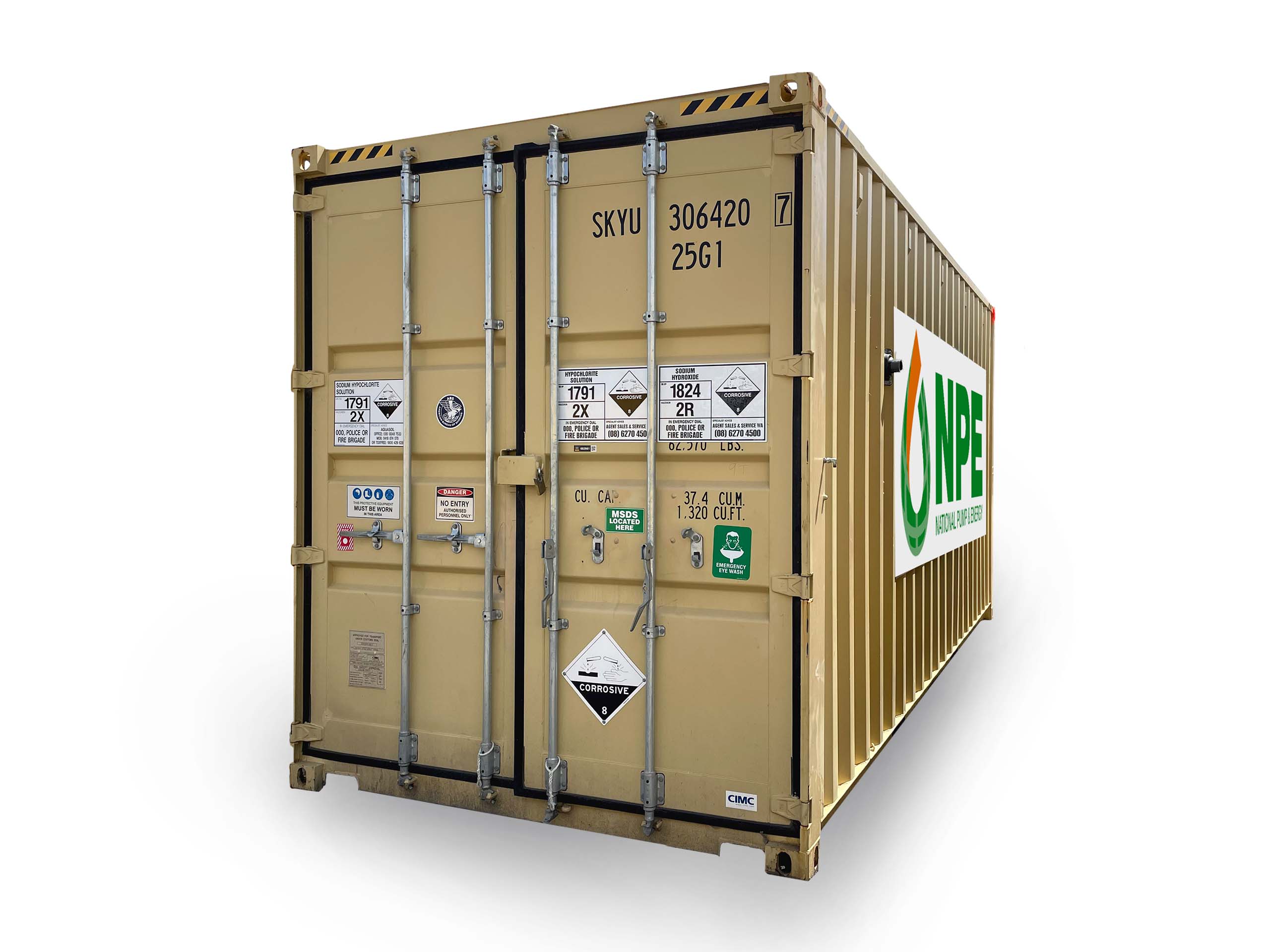Activated carbon is used in water treatment predominantly to remove organic materials from water. Generally this will manifest in the form of hydrocarbon and PFAS treatment, however it can also be used to reduce organic nitrogen content, remove total organic carbon, and remove offensive colours and odours. GAC can also be used to remove hydrogen sulphide and residual free chlorine. GAC can be implemented in any media filter, from small, pool filter-sized units for low-flow applications, to containerised vessels that combine to hold seven cubic meters of GAC that can process 15 – 20 L/S. In practice GAC units will usually operate at the end of any treatment train, after primary filtration. In this scenario, without the need for backwashing, water will be passed through the media bed until it becomes saturated with the contaminants of concern. At this point the GAC becomes ineffective and must be swapped out for new media. On projects where continuous operation is crucial, redundancy must be built in to allow for plant downtime associated with media swaps.

